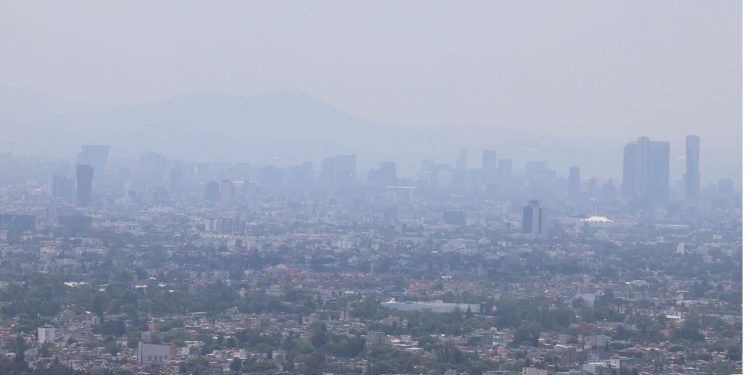• SULFUR: The burning of fuel oil to generate electricity at the Tula power plant in Central Mexico is the main reason why sulfur dioxide pollution in the Mexico City area has remained high despite a major reduction in car traffic and industrial activity, experts warn.
• LEVELS: Late in March, Mexico City began a reduction in activities responding to the coronavirus outbreak. Still, emissions from the Tula power plant have contributed for sulfur dioxide levels to continue exceeding the 40 ppb (parts per billion) Mexican norm. On April 18, sulfur dioxide levels reached 147 ppb.
• HARMFUL: “There is no more room to (keep burning) heavy fuel oil. Its use as energy in thermoelectric plants (like Tula) directly affects the environment and public health”, Adrián Fernández, an environmental expert at Iniciativa Climática de México (ICM).
• EMITTER: Mexico is the fourth largest emitter of human-generated sulphur dioxide, according to a 2019 report by the environmental group Greenpeace. Mexico’s sulfur dioxide output is estimated to be 1,897 kilotonnes/year, just behind India, Russia and China.



